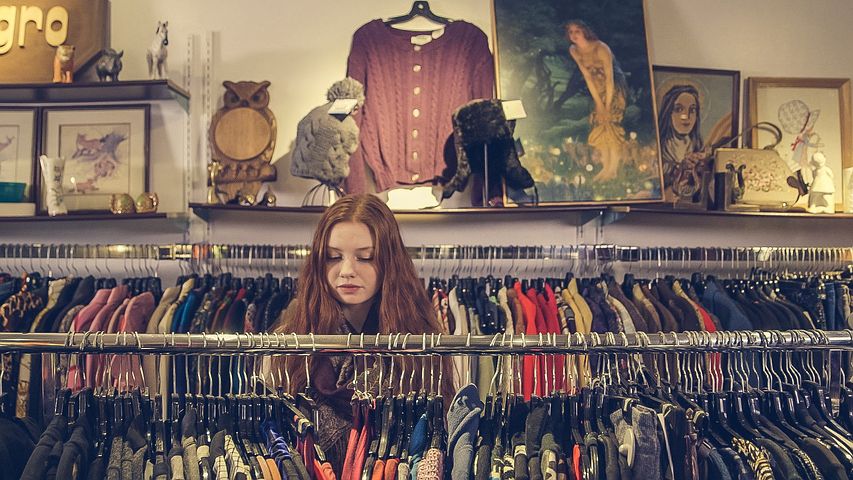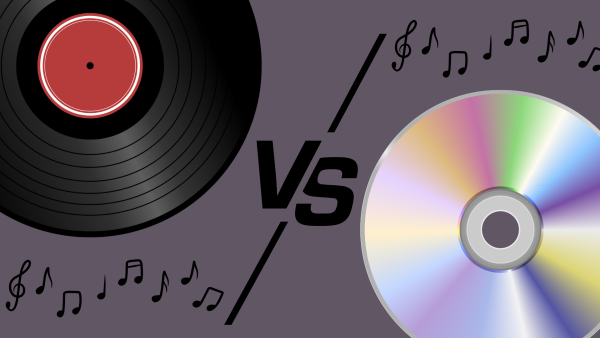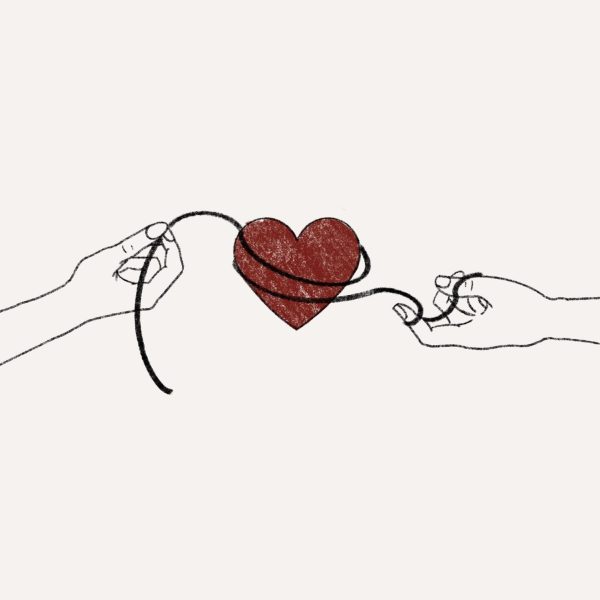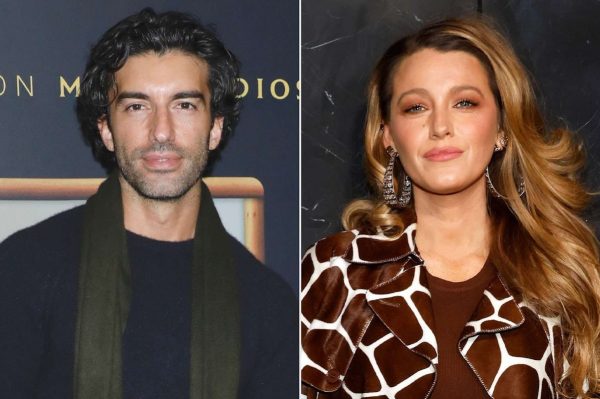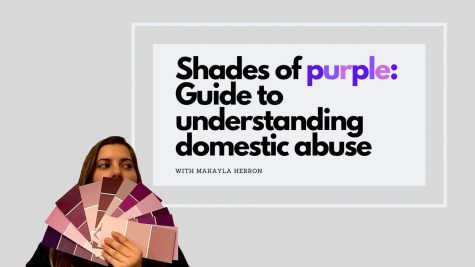Switching to slow fashion
How to add sustainability to your shopping cart
In anticipation of a climate crisis, members of our generation worldwide are becoming increasingly concerned with the environmental impact of human living habits. Young people educate themselves on these issues and attempt to prevent their current implications by changing different aspects of their life. According to A Women’s Thing, among women especially, there is a recent sustainability movement within the fashion realm. Sustainable fashion is important for today’s youth, as it promotes environmental and ethical responsibility, encouraging consciousness and initiative toward a more livable planet according to the World Economic Forum.
In its environmental aspect, sustainable fashion aims to transition consumers away from fast fashion — brands constantly releasing new clothing pieces to follow popular style trends, often cheaply produced. Fast fashion brands you may recognize include H&M and Forever 21. These brands capitalize on the shopping habits of millennials, who — according to PYMTS — make more apparel purchases each year, but spend less per transaction.
Slow fashion, the preferred alternative for many, offers better quality pieces produced in new styles a couple of times a year. These brands include Reformation, Alternative Apparel, Patagonia and People Tree, all known for their transparency regarding their environmental conservation efforts. Low-impact dyes, eco-friendly packaging, handmade textiles and more features not only distinguish these brands from fast-fashion companies, such as Fashion Nova and other online clothing powerhouses but also make a positive environmental impact. Most environmentally sustainable brands additionally promote their ethical campaigns to give workers acceptable factory conditions and livable wages, unlike most popular fast fashion brands.
Many slow fashion brands also produce natural fabrics or recycled fabrics to reduce waste. The website Good On You, self-proclaimed as the “world’s leading source for fashion brand ratings,” includes organic and recycled cotton, organic hemp and organic linen — from the flax plant — as the most sustainable natural fibers. Organic cultivation’s significance comes from independence from the use of pesticides, which can cause severe acute and chronic toxicity according to Penn State Extension.
Another concern with wasteful fabric production is the excessive water needed to cultivate fibrous plants. According to the C&A Foundation, it takes approximately 8,000 liters of water to produce a single pair of cotton jeans, with only 33% provided through irrigation — which is a controlled supply of water to grow crops. Brands advertising environmental sustainability attempts to reduce these consumption rates, often recycling post-consumer fabrics and water (e.g. treating sewer water to reuse it). For example, Girlfriend Collective, a sustainable activewear brand, effectively mitigates the effects of pollution by making their products out of recycled plastic bottles and used fishing nets.
Common problem consumers find with slow fashion is cost. Previously mentioned brands such as Reformation and Patagonia sell products that are much more expensive than similar products from Forever 21 or H&M. For instance, Reformation dresses can cost up to $278, and most Patagonia jackets cost $100 or more, while blouses from Forever 21 run anywhere from $15 to $25.
But there’s an easy fix to this problem: thrift shopping — or thrifting — which you’ve probably heard of from the likes of famous fashion vloggers Emma Chamberlain and Ashley Rous (bestdressed) who dominate YouTube. They promote purchasing second-hand clothing, which is actually the most sustainable way to shop as consumers don’t contribute to the agricultural and industrial waste created with new clothing items. Fashionable pieces can cost anywhere from 50 cents to $10, and thrift shoppers can find these low-cost items in common thrift shops like Goodwill and Salvation Army.
Sustainable fashion poses the question: Where do your priorities lie? With multiple accessible alternatives to fast fashion, whether it be through thrifting or spending the extra money, there is no excuse for supporting fast fashion companies. Though many millennials care about and act on this issue, it’s Generation Z who can truly make a difference. Our generation, specifically teenage girls, control the fashion industry and trends. Young voices like ours have the power to change their priorities. Relatable and informational sources like Jenny Welbourn (WearILive) make it easy to participate in this cause. As we educate ourselves and develop positive habits such as thrifting and buying sustainably, we are creating the conditions we need to survive long-term. This is our future, and choosing clothing that supports a healthy environment not only showcases the power we hold but ensures a stable and sustainable future.



